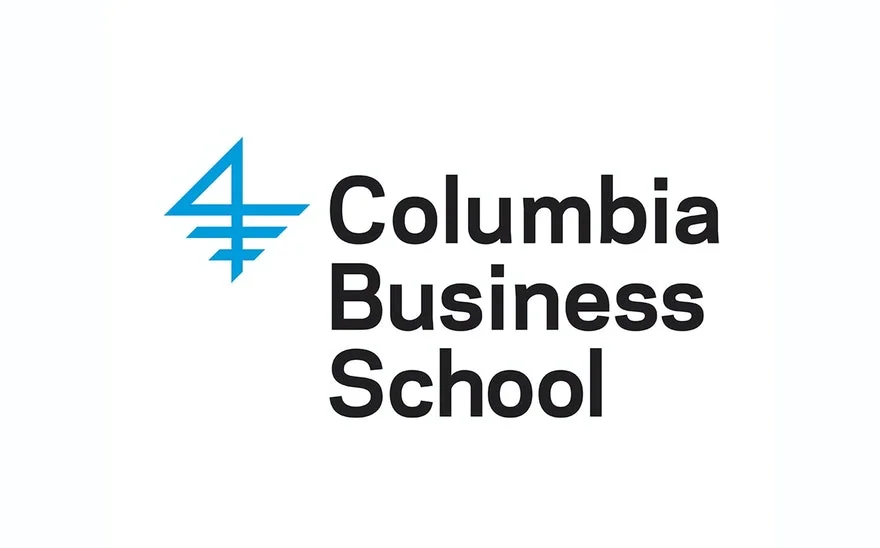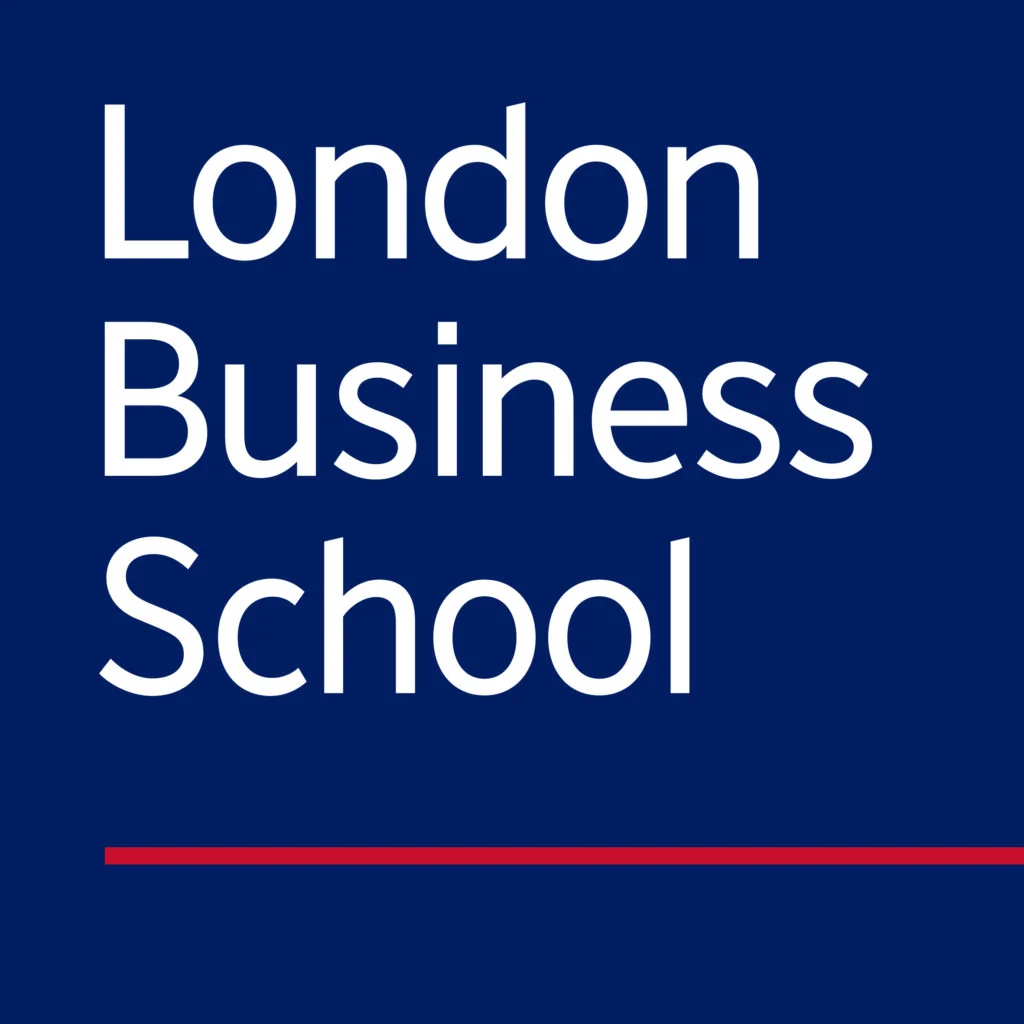Group session are held live, so please make sure you have your computer connected to Wi-Fi, your microphone and webcam on. From time to time we will be suggesting that you take a note to yourself and capture thought, ideas and questions, so having a notebook and something to write with be very useful.


